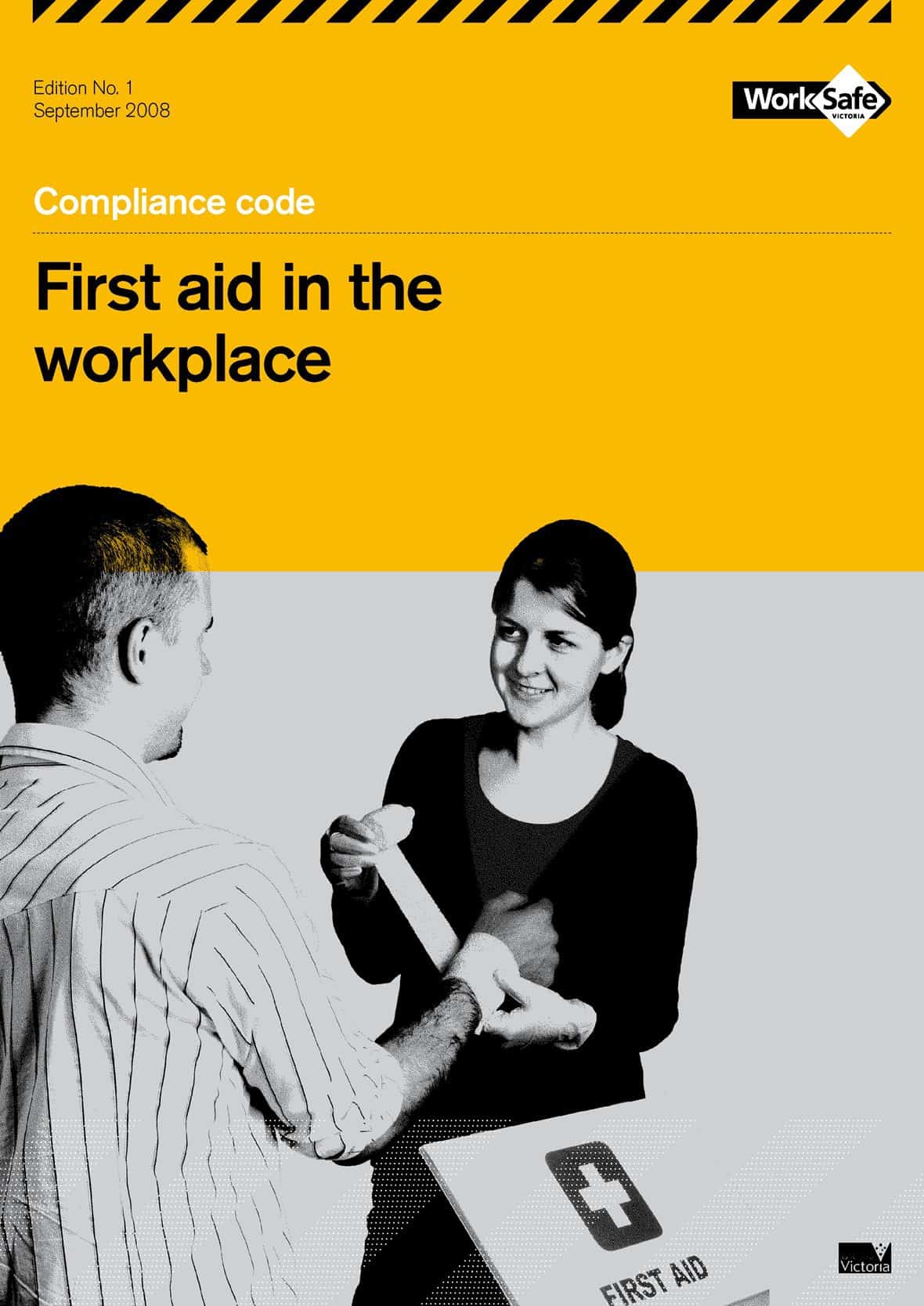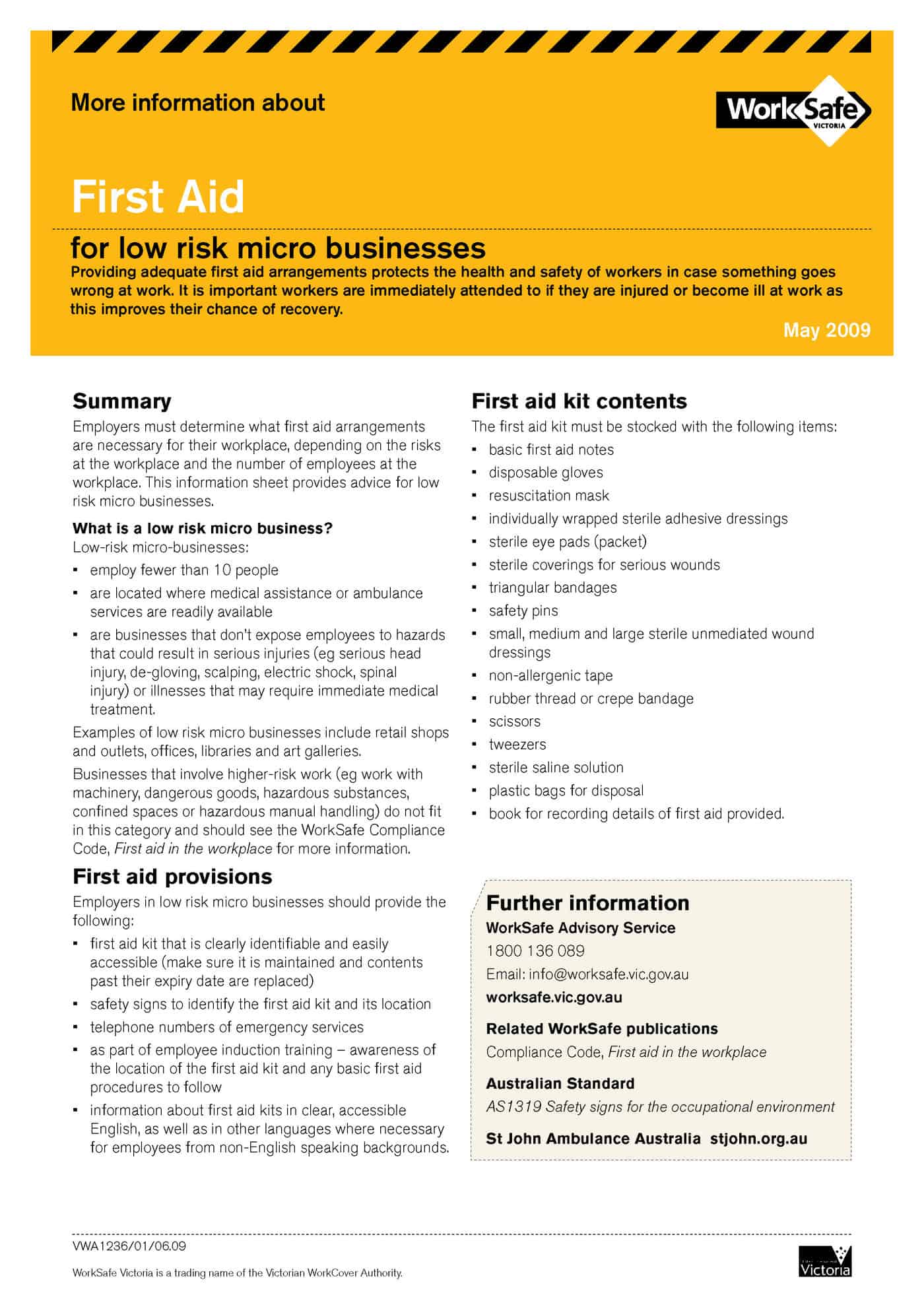New UK workplace fatality data was released by the Health and Safety Executive (HSE) this week. It provides an interesting comparison to the recent Australian data.
The HSE says that
“The provisional figure for the number of workers fatally injured in 2008/09 is 180, and corresponds to a rate of fatal injury of 0.6 per 100 000 workers.
The figure of 180 worker deaths is 22% lower than the average for the past five years (231). In terms of the rate of fatal injuries, the latest figure of 0.59 per 100 000 workers is 23% lower than the five-year average rate of 0.77.
Comparison with data from other EU countries over a number of years reveals that the fatal injury rate for Great Britain is consistently one of the lowest in Europe.
There were 94 members of the public fatally injured in accidents connected to work in 2008/09 (excluding railways-related incidents).”
The industries with the highest number of fatalities, in descending order, are:
- Services sector 63
- Construction 53
- Manufacturing 32
- Agriculture 26
Agriculture has the highest rate of death per 100,000 workers at 5.7

![Pages from Workplace exposure to nanoparticles[1] Pages from Workplace exposure to nanoparticles[1]](http://safetyatworkblog.files.wordpress.com/2009/06/pages-from-workplace-exposure-to-nanoparticles1.jpg?w=212)
![p090616615[1] cover p090616615[1] cover](http://safetyatworkblog.files.wordpress.com/2009/06/p0906166151-cover.jpg?w=212)
![p090616616[1] cover p090616616[1] cover](http://safetyatworkblog.files.wordpress.com/2009/06/p0906166161-cover.jpg?w=212)



